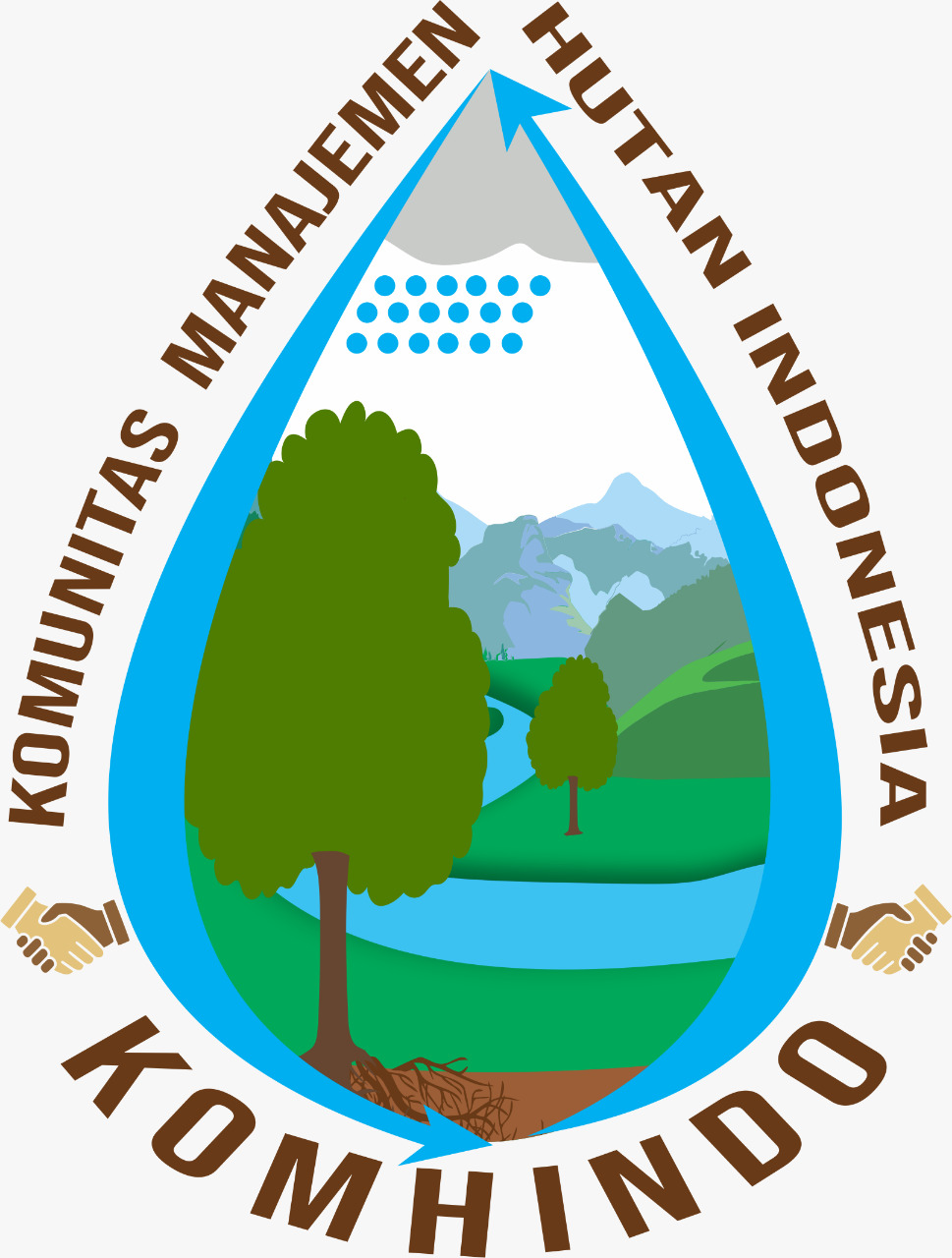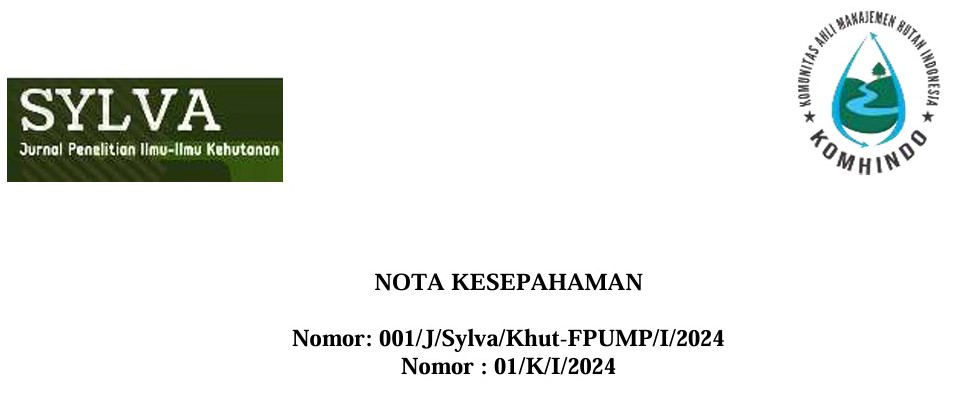THE POTENTIAL OF TRIGONA CULTIVATION IN IMPROVING THE ECONOMY OF THE MUARO BATUAK JAYA FOREST FARMERS GROUP COMMUNITY
Abstract
Keywords
Full Text:
PDFReferences
Awaludin, 2018. Biologi dan Identifikasi Serta Prospek Usaha Trigona spp.di Kebun Raya Universitas Halu Oleo. Jurnal Buletin, 20(2)
Hafizah N, Yunani A. 2022. Analisis Ekonomi Budidaya Madu Kelulut (Trigona itama) di Desa Layuh Kecamatan Batu Benawa Kabupaten Hulu Sungai Selatan. Jurnal Ilmu Ekonomi dan Pembangunan. Vol 5 no 1. 113-125.
Ichwan F, Yoza D, Bidiani ES. 2016. Prospek Pengembangan Budidaya Lebah Trigona spp di Sekitar Hutan Larangan Adat Rumbio Kabupaten Kampar. Jom Faperta UR Vol 3 No 2.
Jainal,Dadang Mutaqin. 2022. Analisis Kegiatan Perhutanan Sosial dalam Peningkatan Kualitas Lingkungan dan Ekonomi Masyarakat Pasca Pandemi Covid-19. Bappenas Working Papers. Volume V. No. 2.
Lukman, Hardiansyah G, Siahaan S. 2020. Potensi Jenis Lebah Madu Kelulut (Trigona spp) untuk meningkatkan ekonomi Masyarakat Desa Galang Kecamatan Sungai Pinyuh Kabupaten Mempawah. Jurnal Hutan Lestari. Vol 8 no 4: 792-801.
Permenhut, 2007. Permenhut No P.35/Menhut-II/2007 tentang Penetapan jenis-jenis HHBK. Departemen Kehutanan RI. Jakarta.
PERMENLHK.2016. PermenLHK No P.83/MENLHK/SETJEN/KUM.1/10/2016 tentang perhutanan sosial. Jakarta.
DOI: https://doi.org/10.32502/sylva.v12i2.7767
Refbacks
- There are currently no refbacks.
Indexed by:
Contact Person:
Delfy Lensari, S. Hut, M. Si
Jurnal Sylva: Ilmu-ilmu Kehutanan
Forestry Program Study, Faculty of Agriculture, Universitas Muhamamdiyah Palembang
JL. Jend.A.Yani 13 Ulu Palembang, South Sumatra, Indonesia
Tel. (+62)711-511731; Email: jurnalsylvaump@gmail.com; Website: https://jurnal.um-palembang.ac.id/sylva

This work is licensed under a Creative Commons Attribution 4.0 International License





1.png)






